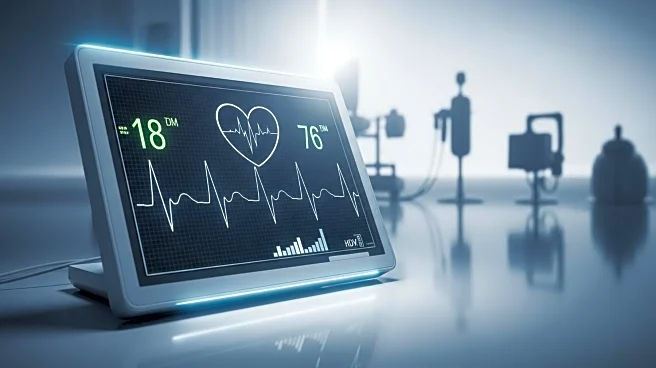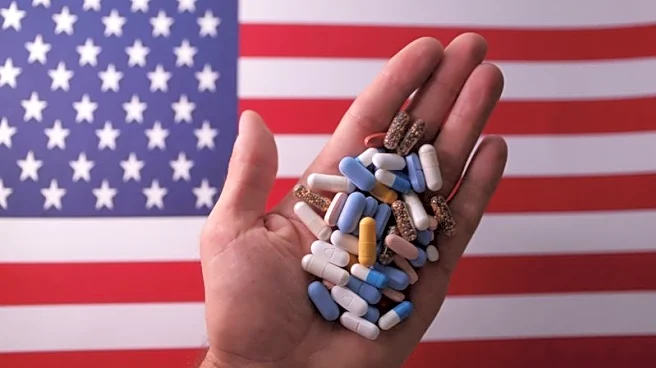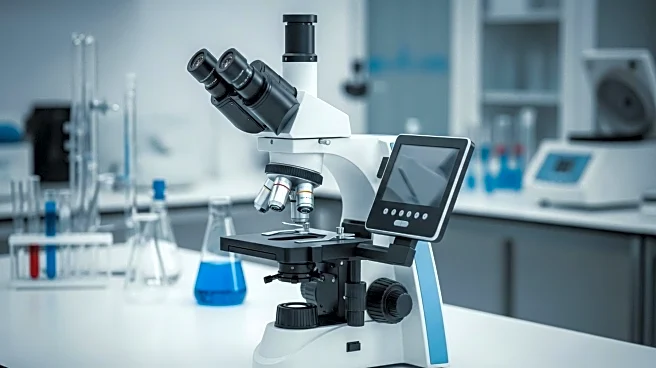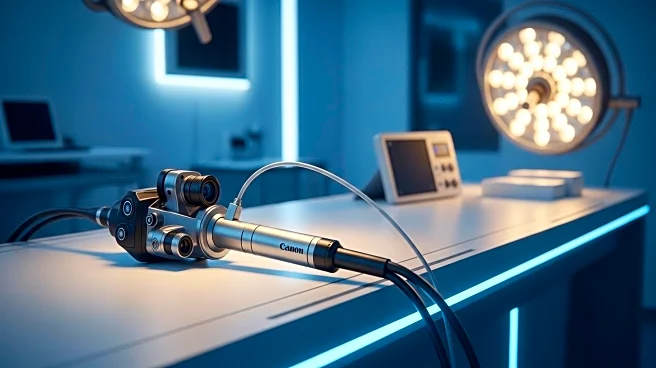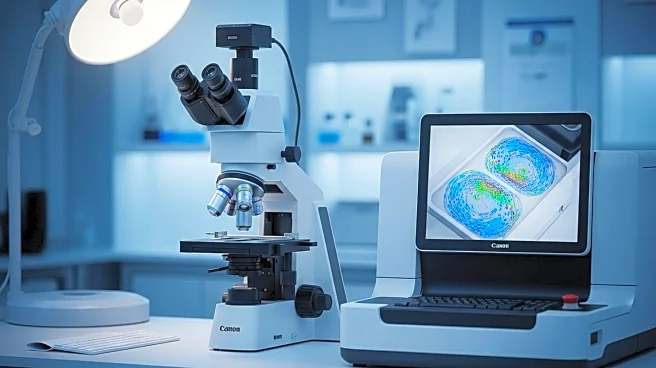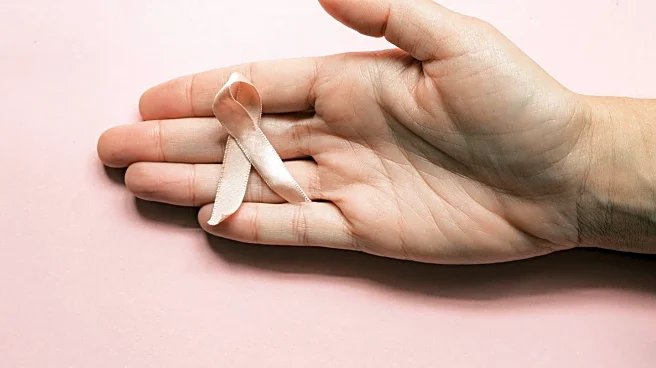What's Happening?
Revvity, Inc. has announced a new initiative aimed at revolutionizing the early detection of Type 1 Diabetes (T1D) through a collaboration with Sanofi. The program will expand Revvity's offerings to include a population-scale assay for early detection of T1D. This initiative involves the development of a 4-plex in vitro diagnostic (IVD) assay, building on their existing 3-plex research-use assay. The collaboration will support clinical validation and regulatory submissions for the new assay, which will be used on Revvity's GSP® instrument. This instrument's high throughput capability is designed to enable population-level screening for early-stage T1D, potentially improving patient outcomes by allowing for earlier intervention. The program also aims to expand access to Revvity's existing research-use product across its global laboratory network.
Why It's Important?
The early detection of Type 1 Diabetes is crucial as it allows for timely interventions that can prevent the progression of the disease and associated complications such as diabetic ketoacidosis. With over 9 million people worldwide living with T1D and more than 500,000 new cases diagnosed annually, the majority without a family history, this initiative could significantly impact public health. By facilitating earlier diagnosis, the program could improve the quality of life for many individuals and reduce healthcare costs associated with managing advanced stages of the disease. The collaboration between Revvity and Sanofi highlights the importance of partnerships in advancing healthcare technologies and improving patient outcomes.
What's Next?
Revvity plans to submit the new T1D 4-plex assay for regulatory approval in the U.S. and other major jurisdictions. The company will also work to validate the assay in additional locations to ensure worldwide access. As the program progresses, it may set a new standard of care for T1D diagnosis, potentially influencing healthcare policies and practices. Stakeholders in the healthcare industry, including pharmaceutical companies and diagnostic labs, will likely monitor the program's outcomes closely, as it could pave the way for similar initiatives in other areas of disease detection and management.


